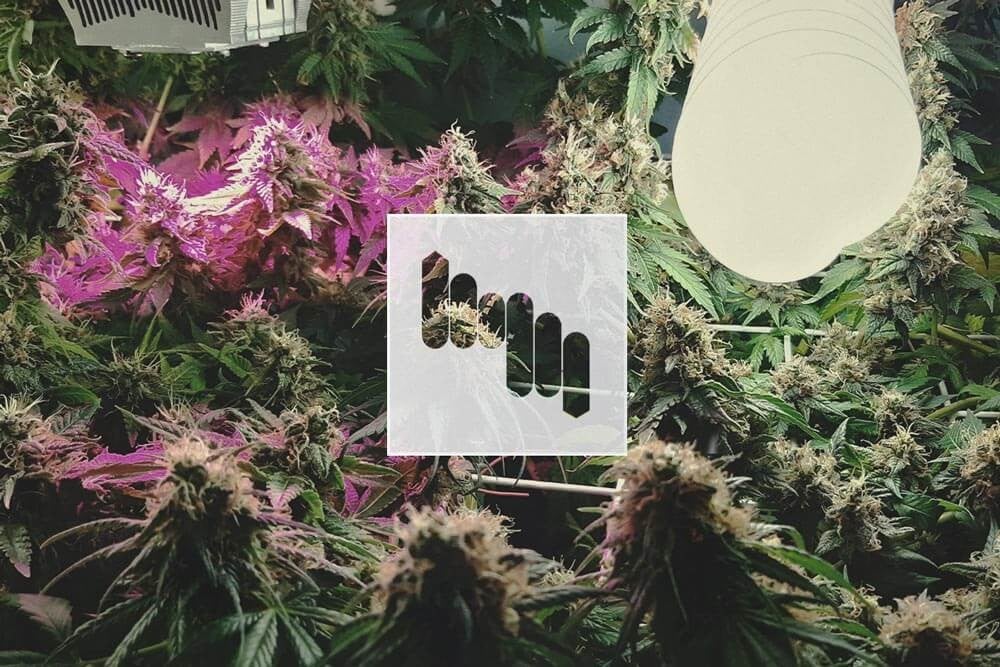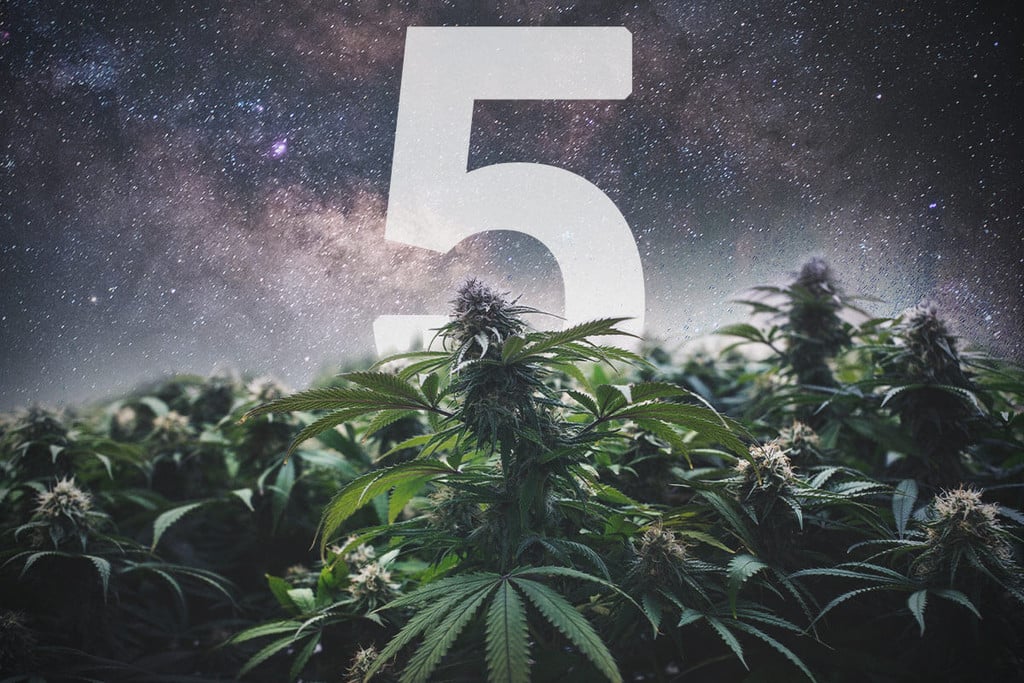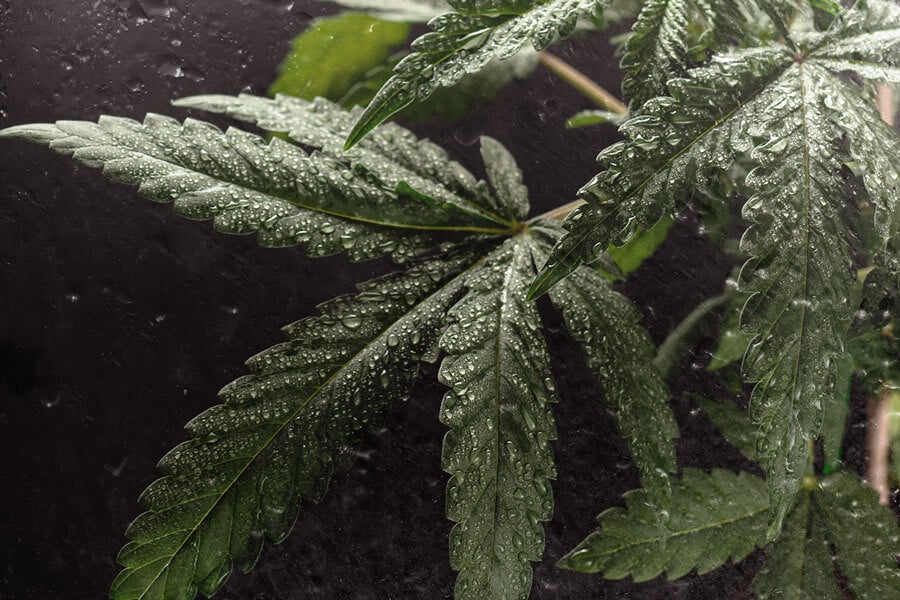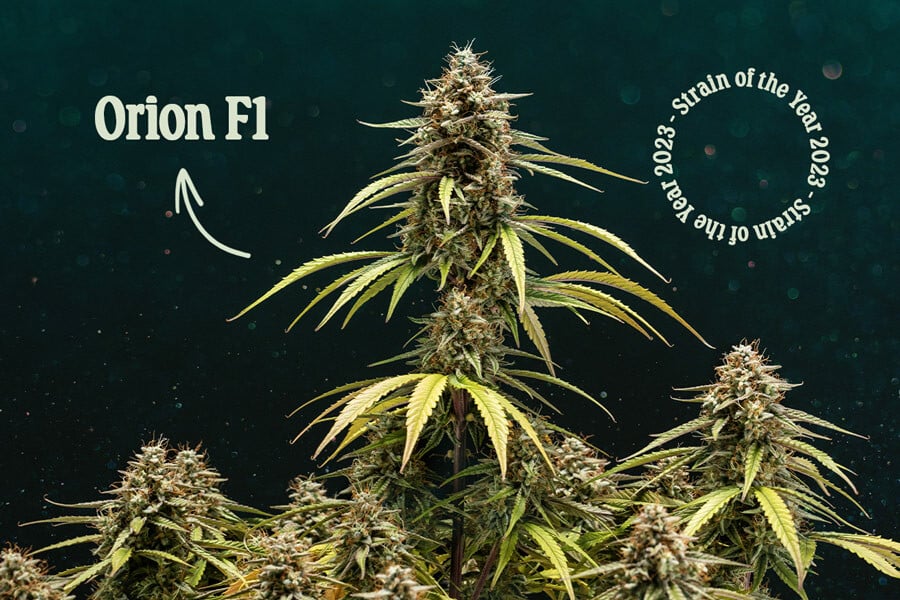.
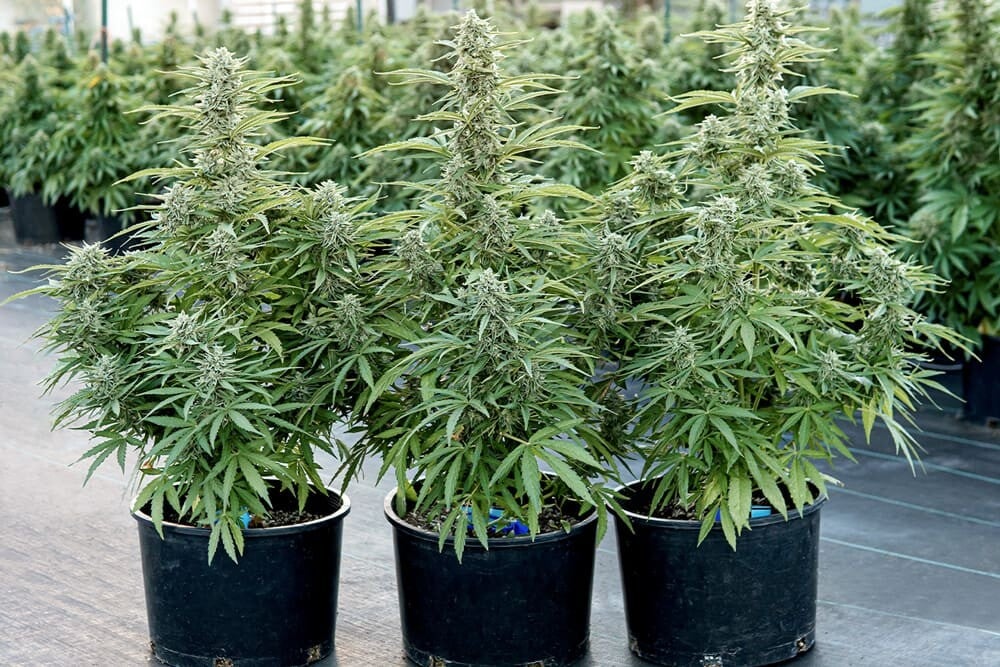
Orion F1 Case Studies: Cannabis Plant Spacing
Royal Queen Seeds’ Orion F1 trials show that “more plants” doesn’t always mean “more yield.” Two years of controlled indoor testing identified the precise plant density that maximises health, quality and productivity. A science-based guide for consistent results and peak performance.
Contents:
Royal Queen Seeds has conducted research with the Orion F1 hybrid at CRIC, which has cast doubt on the belief that “more plants” means “bigger yields.” In the following article, we will outline the optimal planting density for achieving healthy growth and robust harvests.
What Is Plant Density in Cultivation?
Plant density refers to the number of individual plants per unit area. It is a very important parameter because, as we will see, plant density conditions the competitiveness of plants to obtain light, nutrients, carbon dioxide, water, and even airflow, which is necessary to facilitate transpiration (when plants release water through their pores).
The great gurus of indoor weed growing generally recommend a plant density that maximises the available growing space while also allowing sufficient distance for plants to receive inputs and transpire. This is done with a clear goal to not only ensure optimal plant health, but to maximise the yield potential of the plants per square metre.
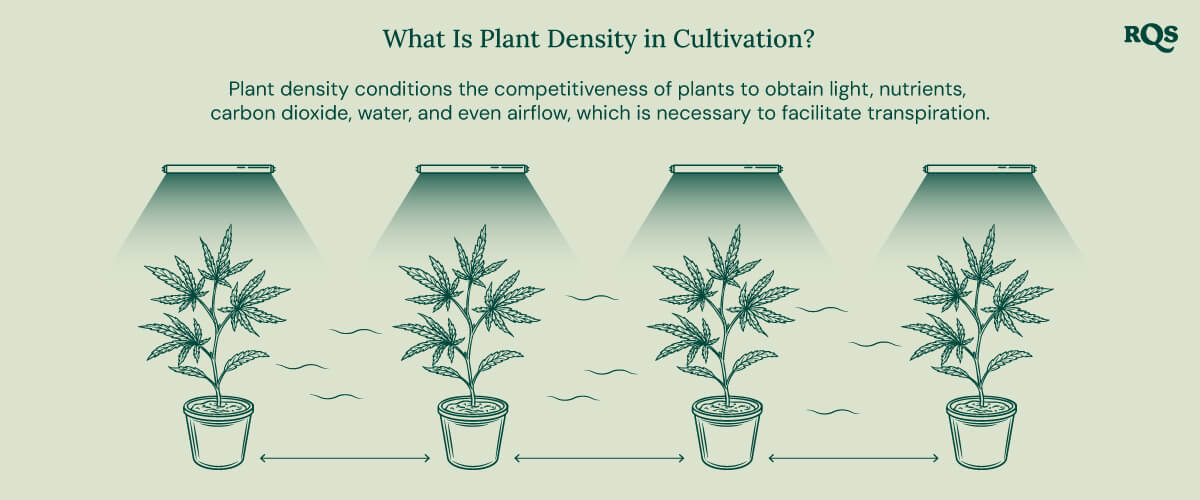
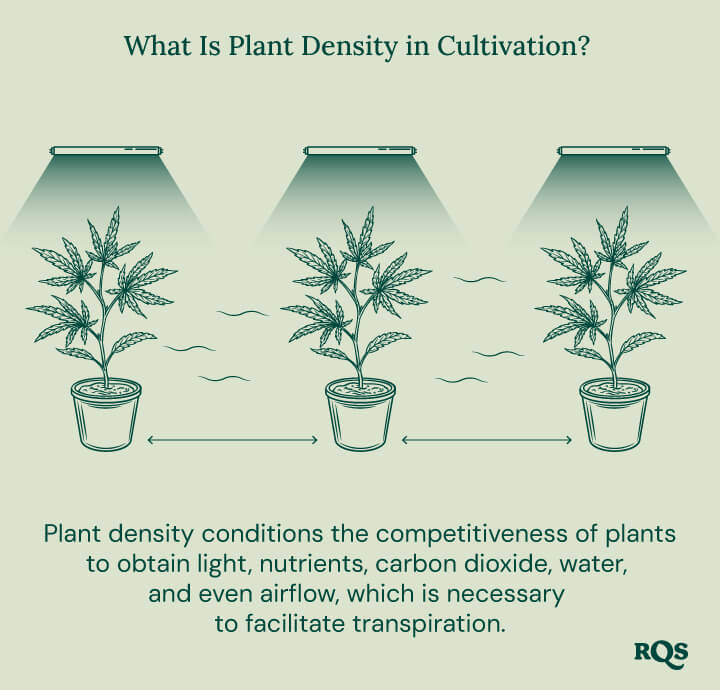
Effects of High Density in Marijuana Cultivation
The most notable effect of high plant density indoors is elongation of the stems. In other words, the plants will be taller than they would be if they were grown in a low-density setup.
It is essential to note that in all studies conducted on F1 hybrid varieties from Royal Queen Seeds, a clear increase in plant height is observed at higher plant densities compared to lower densities.
In order to understand this phenomenon, however, it’s necessary to become acquainted with the relationship between photosynthetic photon flux density (PPFD), daily light integral (DLI), and yield.
-
Impact on the Height of Cannabis Plants
Cannabis plants grown at a higher density per square metre receive less light per plant, so they compete by growing taller to capture more illumination. When plant density increases but PPFD and DLI remain constant, each plant gets fewer photons. This boosts auxin levels in the apical meristems, promoting stem elongation and limiting lateral growth.
In Cannabis sativa, this apical dominance makes the plant grow upwards rather than outwards. If we top the plant (topping/FIM), auxin in the apex decreases, encouraging lateral growth and increasing the plant’s width. In short: less light per plant → more auxin in the tips → taller plants.
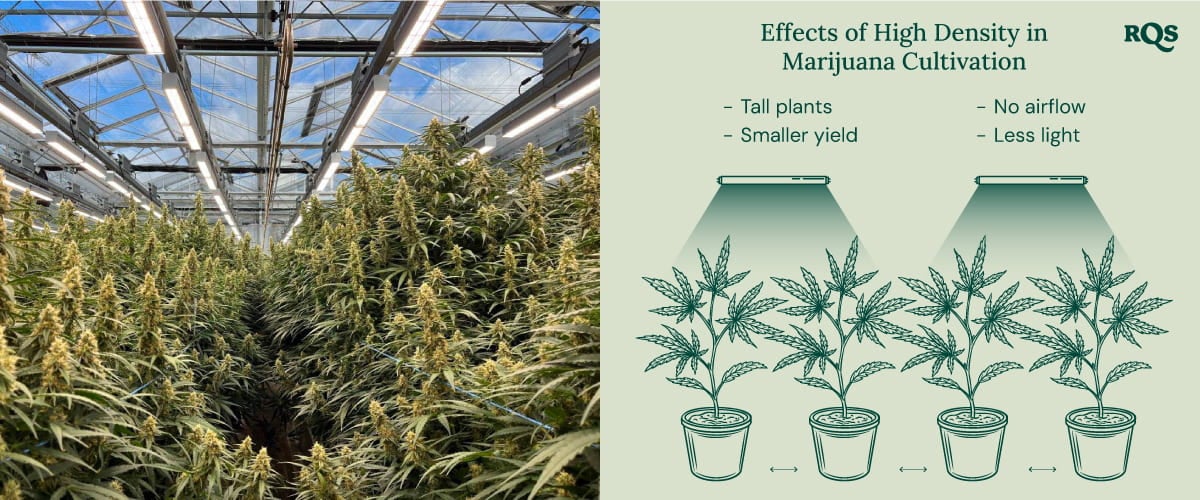
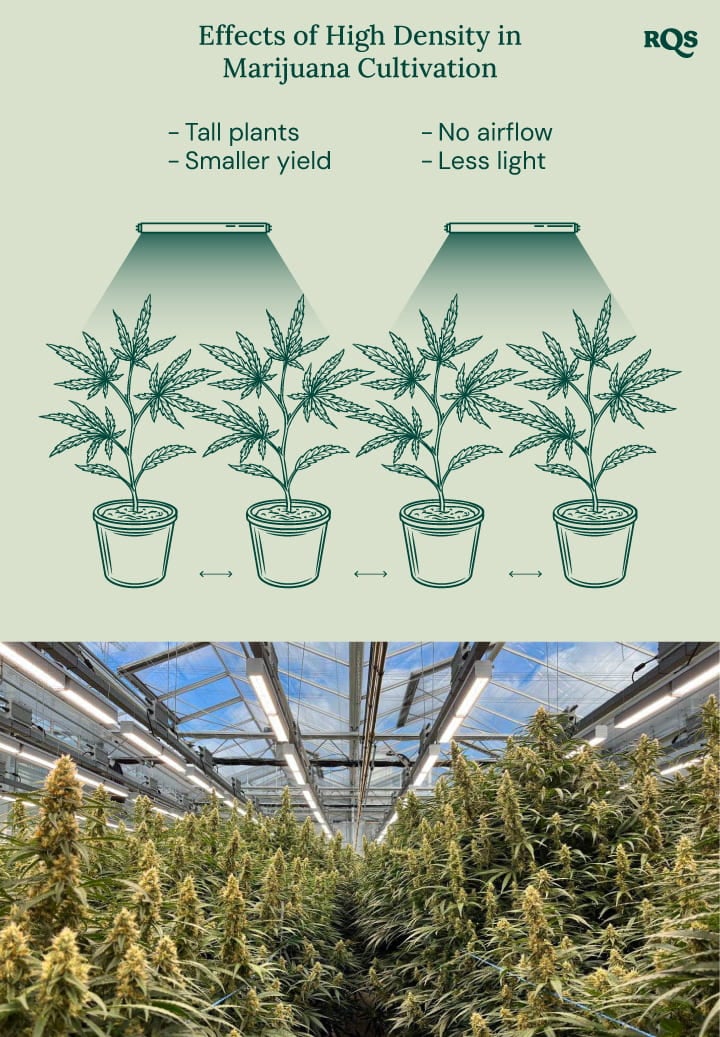
Comparative Analysis: F1 Orion Hybrid
If we compare the growth patterns of seven cultivation operations during a two-year study period on the Royal Queen Seeds hybrid variety Orion F1, we observe the following results in plants grown at an optimal density versus plants grown in a high plant density regime, depending on the DLI applied:
Increase in height growth of up to 71% when the planting density is raised from 5.4 plants/m² to 7.9 plants/m².
It is possible to mitigate or dampen the height growth caused by the increase in plant density if we increase the DLI from 39 moles/m²/day to 65 moles/m²/day.
When we increase the DLI, we increase the photosynthetic photon flux density multiplied by the number of hours of the photoperiod in one day. As a result, the amount of auxin available in apical meristems is decreased, and the plant not only grows less but also has a higher yield in the form of more flowers per plant.
- An increase in plant density does not necessarily result in an increase in yield.
- An increase in DLI produces shorter plants.
- An increase in DLI produces plants with higher yields.
- Higher yields occur when plant density is optimal, and DLI is high.
All of this data is worthwhile and helps us to continue to understand how to optimise cannabis plant growth and health.
Free Advanced
Growing Guide!
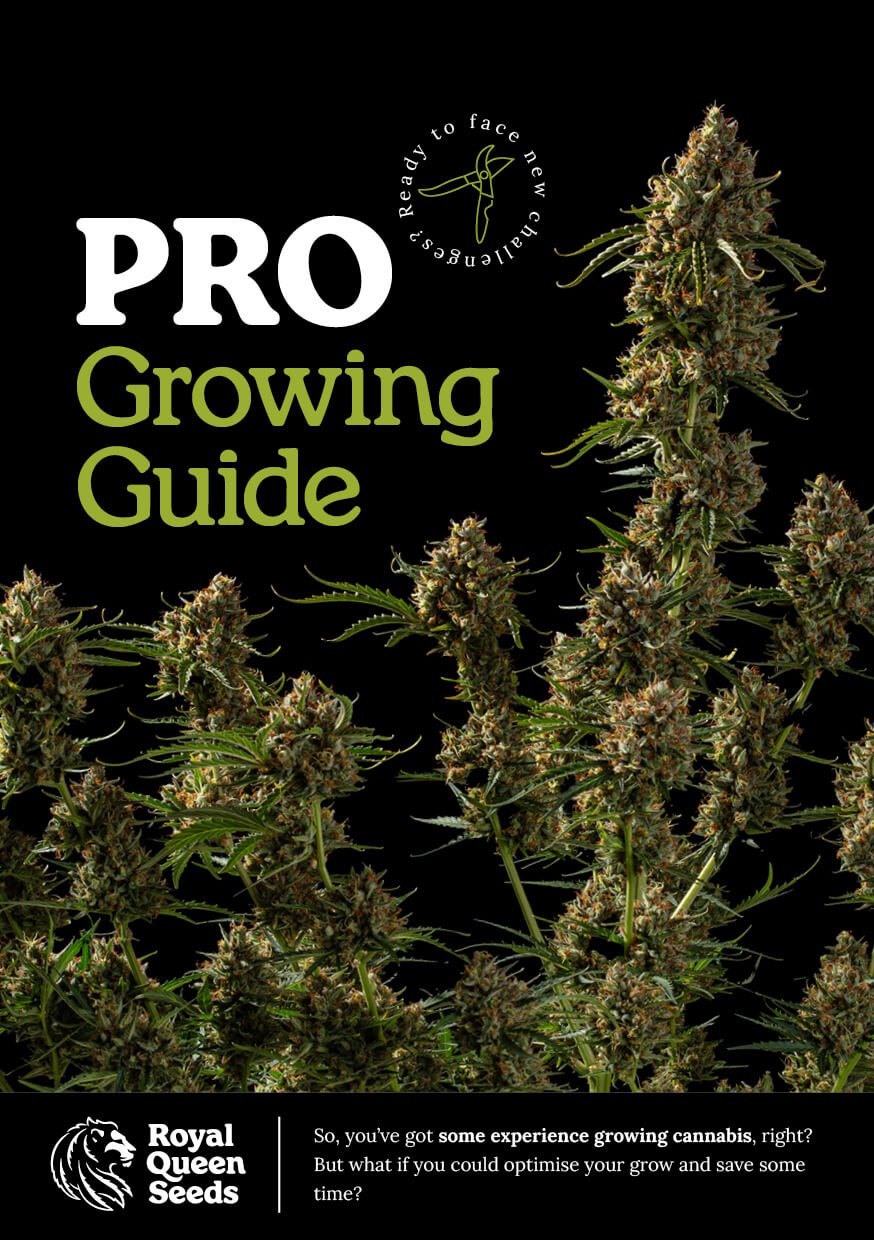
-
Optimal Cultivation Conditions
Our research with RQS F1 hybrids showed that the optimal conditions for indoor cannabis growth were achieved at planting densities of 5.4 plants/m² with a DLI of 65 moles/m²/day (1000 micromoles/m²/s with 18 hours of light per day).
To obtain yields of 1.4kg per square metre, we used near-perfect parameters that are difficult to replicate in a home grow: supplemental CO₂, a very high amount of light per day, the correct light distance from the canopy, an optimised number of plants per square metre, and a high supply of nutrients. In these conditions, our Orion F1 autoflower hybrid delivered an impressive 1.4kg/m².
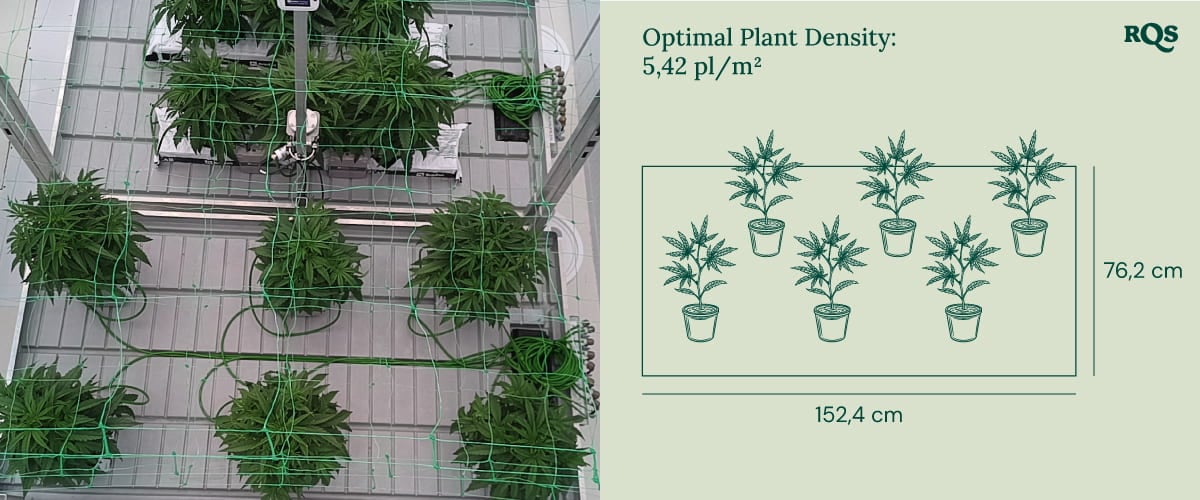
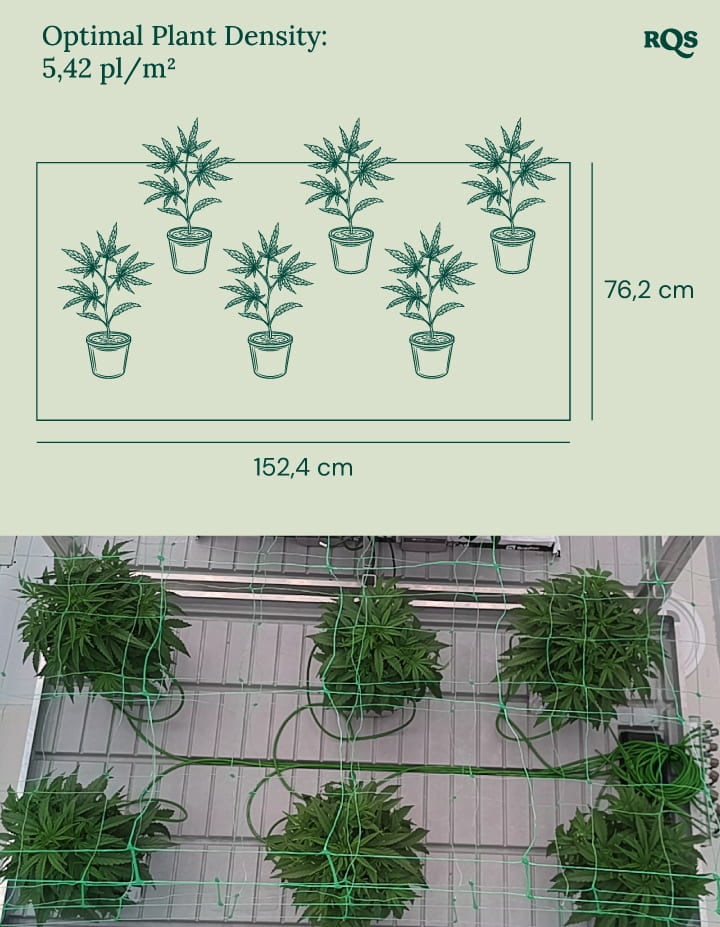
Plant Density: It Makes a Huge Difference
It is important to strike a good balance between the density of cannabis plants per square metre and the daily light integral. For our case study, by applying optimal plant density conditions, we obtained more compact plants and higher yields.
Therefore, it is not by placing many plants very close together that we achieve higher yields—on the contrary. This simply results in taller, more spindly specimens with reduced flower weight per plant.
Ultimately, yield isn’t decided by genetics or substrate alone—it’s driven by light. Its spectral composition and availability (PPFD/DLI) steer photomorphogenesis and biomass allocation; two fixtures with the same power but different spectra will produce very different plants. Fine-tune the spectrum and light dose, and watch how your crop responds.
Different spectra can, in turn, greatly influence the growth and development of our weed plants.
Want pro-grade canopy and yield control? Download our Pro Growing Guide for expert training techniques—LST, topping/FIM, and defoliation—to optimise light distribution and maximise flowers per square metre.
Practical Implications for Growers
Note that in order to obtain higher yields in cannabis cultivation and more grams of flowers per plant, we need optimal plant density and a high PPFD per number of hours of the photoperiod per day.
Therefore, if we opt for high plant densities, the height of the plants will also be high, unless we increase the light power (in terms of PPFD and the hours of the photoperiod per day), in which case we can maintain a lower plant height.
Furthermore, we can reduce the height growth of marijuana plants if we perform apical trimming (topping/FIM) to reduce apical dominance.


























